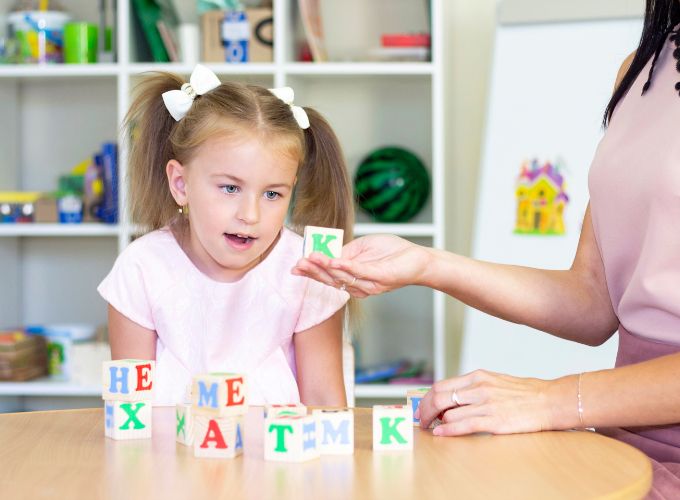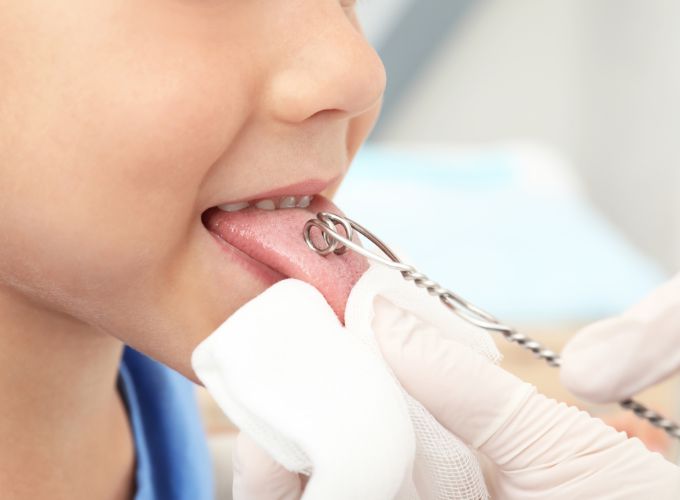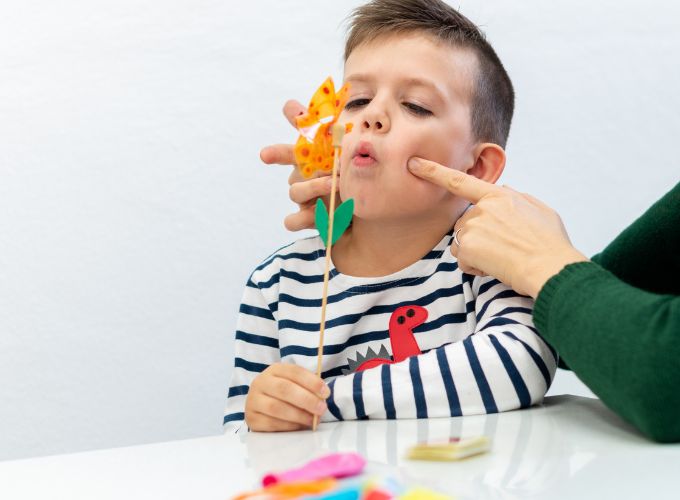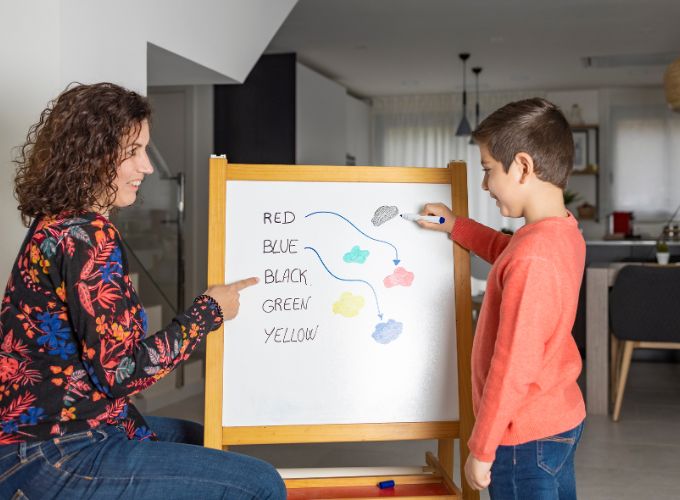Speech & Language Therapy
Begin your journey by entering your condition below and discover treatment plans tailored to your specific needs.
More results...

Apraxia
For speech to occur, signals must travel from the brain to the muscles in the mouth, guiding how and when they move to create sounds. In children with apraxia of speech, these signals do not transmit correctly. As a result, even though the child’s muscles are not weak, they may struggle to coordinate their lips or tongue to produce speech sounds, or they may find it difficult to speak at all.

Auditory Processing Disorder
CAPD affects the brain’s ability to interpret sounds, even when hearing is normal. Children with CAPD may find it hard to understand speech, especially in noisy places or when multiple people are talking. This can make everyday activities, school, and social interactions challenging.

Cluttering
Cluttering is a fluency disorder that affects how clearly and smoothly a person speaks. It involves rapid or irregular speech, unusual pauses, and language formulation issues. People with cluttering might not be aware of their speech problems, which can lead to breaks in clarity and fluency. Cluttering can occur alone or alongside stuttering.

Dysarthria
Dysarthria is a motor speech disorder that affects the muscles used for speaking, including those in the face, lips, tongue, throat, and even those involved in breathing. When these muscles don’t work properly due to brain or nerve damage, speaking becomes difficult. Dysarthria can range from mild to severe and can affect both children and adults.

Language Delay
Imagine eagerly waiting for your child’s first words, only to find that they seem to be taking their time. This scenario is familiar to many parents, and it often leads to concerns about language delay. Let’s explore what language delay is, how to recognize it, and what you can do to support your child’s language development

Oral Motor Difficulty
Orofacial Myofunctional Disorders (OMDs) can affect individuals of all ages, from children to adults. These disorders may disrupt the normal growth and development of the muscles and bones in the face and mouth. OMDs can also impact essential functions like eating, speaking, and breathing.

Social Communication Disorder (SCD)
Social Communication Disorder (SCD) is marked by ongoing challenges with the use of both verbal and nonverbal language for social purposes. Key difficulties include social interaction, pragmatic communication (the social rules of language), and language processing.

Speech Sound Disorders
As children grow and develop their speech, they may mispronounce certain sounds. Some sounds, such as p, m, or w, are easier and tend to be learned earlier. More complex sounds like z, v, or th may take longer to master. By the age of 4, most children can pronounce nearly all speech sounds correctly.

Stuttering
We all have moments when our speech isn’t smooth. We might say “uh” or “you know,” or repeat a word. These are called disfluencies. For people who stutter, these disfluencies happen more often and can be different. They might repeat parts of words, stretch out sounds, or have trouble getting words out.




